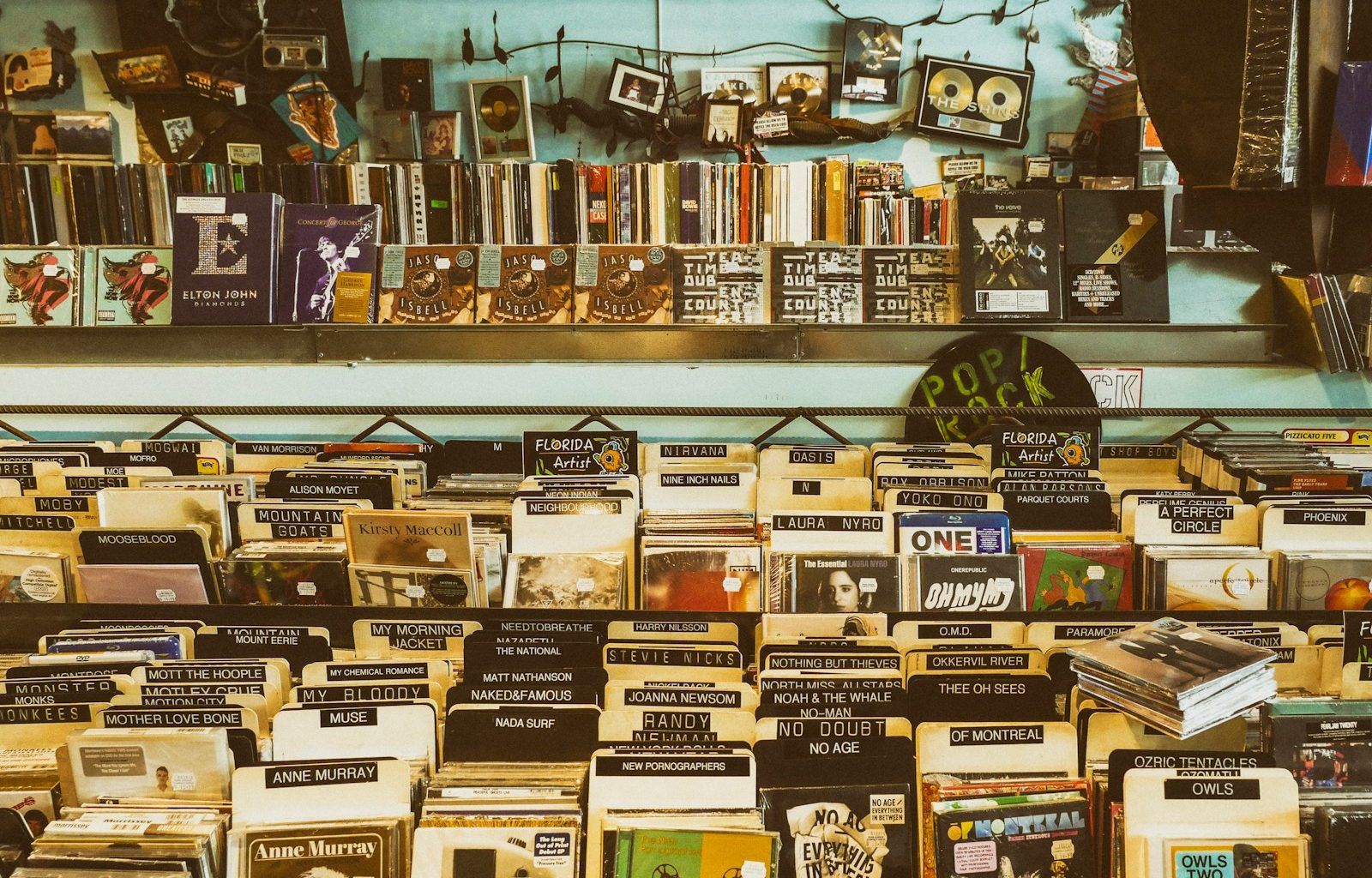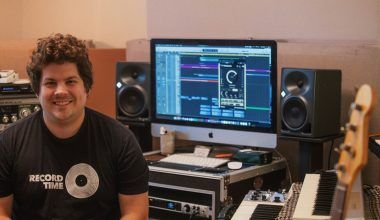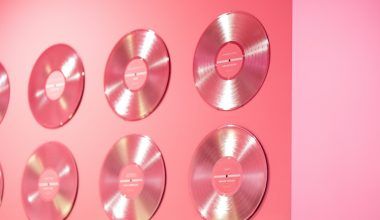Releasing music as an independent artist has never been easier, thanks to platforms like iTunes. Sharing your music on iTunes opens the doors to a global audience, allowing you to build your fanbase and generate revenue. Whether you’re a seasoned musician or just starting, understanding how to get your songs onto iTunes is essential. Let’s explore the steps and strategies that will help you achieve this goal effortlessly.
Why iTunes is a Great Platform for Independent Artists
iTunes has been a leading platform in the music industry for years. It allows you to sell and stream your music, giving listeners worldwide access to your art. For independent artists, iTunes provides an opportunity to control your music, track performance, and earn revenue without relying on a major label. This independence means you get to retain your creative freedom while still reaching millions of potential fans.
Create High-Quality Music
Before you even think about uploading your music, focus on creating songs that resonate with your audience. Quality is key. Invest in good recording equipment, or work with professional producers and studios. Remember, the better your music sounds, the more likely it will attract listeners.
Choose a Music Distributor
As an independent artist, you’ll need a distributor to share your music on iTunes. These services act as intermediaries, helping you upload your tracks to iTunes and other streaming platforms. Some popular distributors include:
- Deliver My Tune: Ideal for beginners, with a simple interface.
- DistroKid: Offers affordable yearly plans with unlimited uploads.
- CD Baby: Great for artists who want detailed royalty tracking.
- Amuse: A free option that’s beginner-friendly.
Choose a distributor that aligns with your budget and goals. Each platform has its features, so take time to compare them before deciding.
Preparing Your Music for Upload
Format Your Tracks Properly
iTunes requires music to be in a specific format. Most distributors will ensure your files meet the required standards, but you’ll still need to:
- Export your tracks in high-quality WAV or AIFF format.
- Include metadata like song titles, artist names, and album details.
Create Eye-Catching Album Art
Visuals play a crucial role in grabbing attention. Your album art should represent your music’s vibe and theme. Keep it professional, and make sure it meets iTunes’ resolution requirements (3000 x 3000 pixels).
Uploading Your Music to iTunes
Once your music and visuals are ready, you can upload them through your chosen distributor. Follow these steps:
- Log in to your distributor account.
- Upload your tracks and album art.
- Add relevant metadata, such as genre and release date.
- Select iTunes as one of your distribution platforms.
Your distributor will handle the rest, including sending your music to iTunes for approval.
Pricing and Royalties
Setting the right price for your music is essential. As an independent artist, you can choose how much to charge for your singles or albums. However, it’s a good idea to research market trends and see what similar artists are charging. Keep in mind that iTunes takes a percentage of sales revenue, so factor that into your pricing strategy.
Promoting Your Music on iTunes
Social media platforms like Instagram, Twitter, and TikTok are excellent tools for promoting your music. Share teasers, behind-the-scenes content, and links to your iTunes page to drive traffic.
Leverage Email Marketing
Building an email list allows you to communicate directly with your fans. Send newsletters with updates about your iTunes releases, exclusive content, and upcoming projects.
Collaborate with Influencers
Reach out to influencers in your niche who can help promote your music. They can share your tracks with their followers, giving you exposure to a broader audience.
Monitoring Your Success
Once your music is live on iTunes, it’s crucial to track its performance. Most distributors provide analytics tools that allow you to see how many downloads and streams your songs are getting. Use this data to understand your audience better and refine your marketing strategies.
Overcoming Challenges as an Independent Artist
Sharing your music on iTunes as an independent artist can feel overwhelming at times. But remember, every successful artist started somewhere. Stay consistent, keep learning, and don’t hesitate to seek help from fellow musicians or industry professionals.
Conclusion
Sharing your music on iTunes as an independent artist is a powerful way to showcase your talent and connect with fans worldwide. By following these steps—creating high-quality music, choosing the right distributor, and promoting your work effectively—you can turn your passion into a sustainable career. So take that leap, and let the world hear your sound.
For further reading, explore these related articles:
- How to Monetize Your Music on YouTube Music as an Independent Artist
- Monetize Your Music on YouTube Music Without a Label
- How to Monetize Your Music on YouTube Music with No Upfront Fees
For additional resources on music marketing and distribution, visit DMT RECORDS PRIVATE LIMITED.






